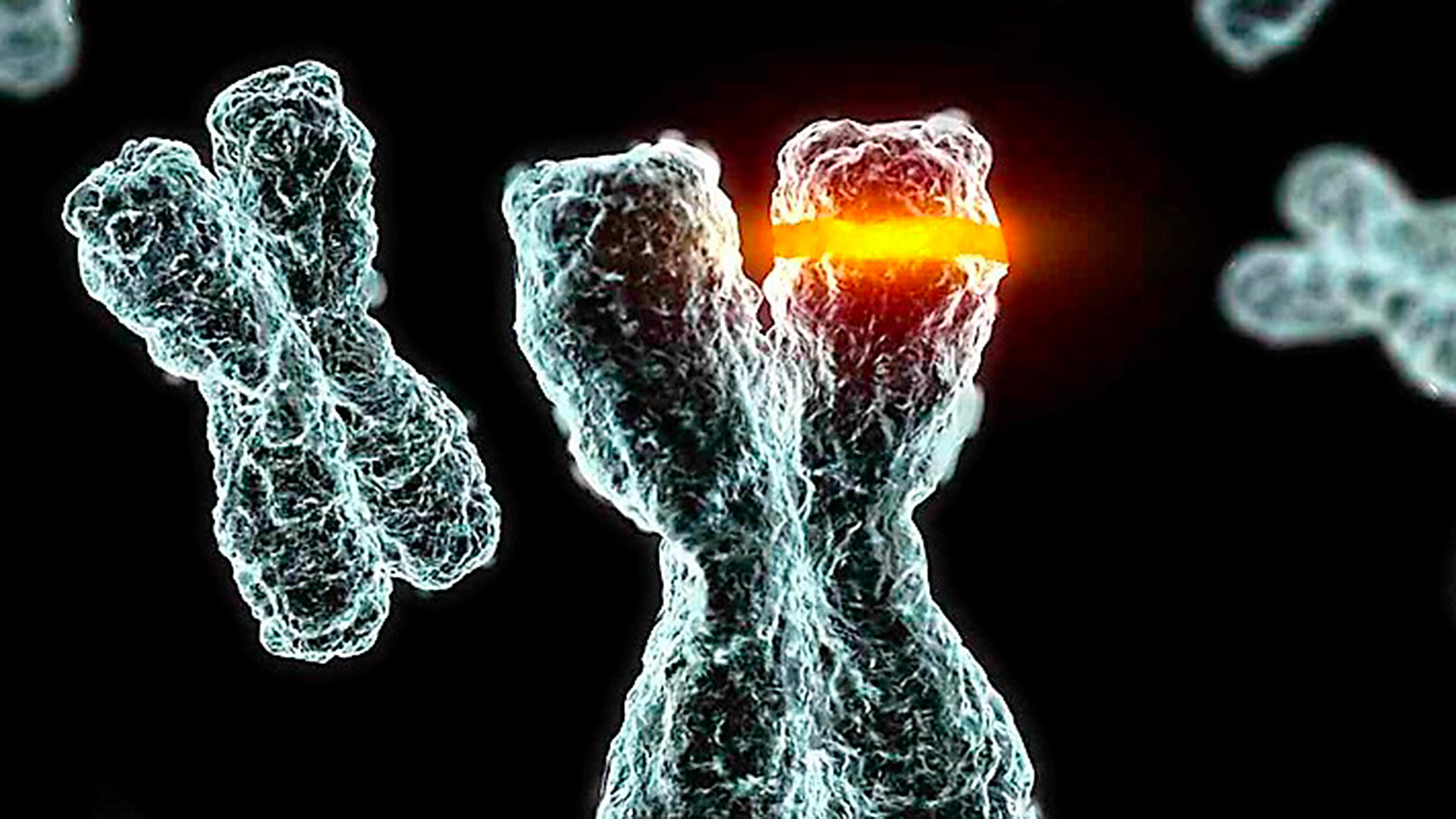
The responsible gene of the disease, ATM (Ataxia Telangiectasia Mutated), belongs to a gene family well protected in the evolution scale and that regulates the control points of cellular cycle and the programmed cellular death.
How takes place the diagnosis of Ataxia Telangiectasia?
The diagnosis is problematic: it takes place according to clinical observation and result of some laboratory exams (including the measure of alpha-fetoprotein levels, increased at 95% of affected persons), while the confirmation is taken from molecular analysis. The discovery of ATM gene, whose mutations causes the disease, opened the way to a more accurate laboratory diagnosis. The AT classic phenotype is caused by mutations in both allelic gene, that truncates or destabilizes the ATM protein. With the help of molecular tests, the clinical phenotype AT may be easily distinguished from that of other cerebellar ataxia to recessive heredity (as Friedreich’s Ataxia, Ataxia Telangiectasia – Like Disorder, oculomotorius apraxia of type 1 and 2, and of Nijmegen Breakage syndrome). In pregnancies from couples in which has been already identified the genetic defect at parents, it is possible to carry out the prenatal diagnosis by chorionic villus sampling.
